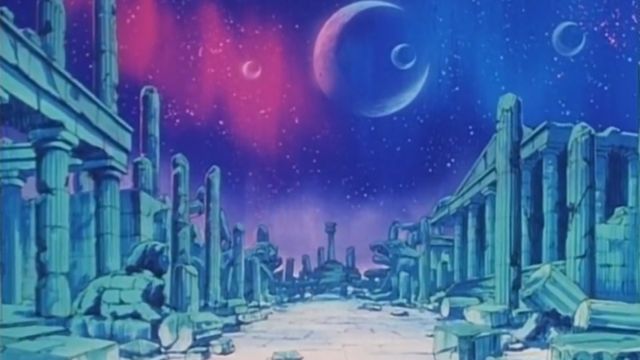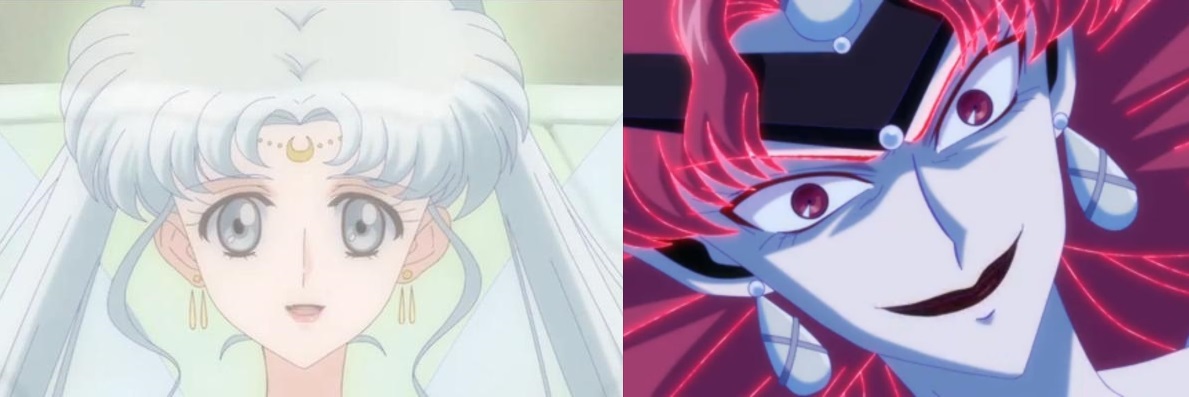
Queen Serenity and Queen Beryl
Whether you look at the anime or manga or even the live-action series, despite how important they were to setting up the story behind the Sailor Moon series, Queen Serenity and Queen Metalia both get incredibly minor roles with very little explained about their past or motivations. What’s worse, the Serenity name is passed onto her daughter, Princess Serenity, who then passes it on to her daughter, Princess Usagi Small Lady Serenity. But is there more to these characters than meets the eye? I think so, and that’s what we’re here to look into!
Queen Serenity
Starting with the Serenity line, it’s fortunately pretty easy to track down the meaning and history behind her name, though most of it is probably connected more to Princess Serenity / Usagi more-so than her mother. The most obvious and meaningful connection is the Greek myth of the relationship between Selene, the moon goddess, and the mortal Endymion. This gets us partly to the name “Serenity,” though we have one (or possibly two!) other sources of inspiration, all inspired by the Greek connection to the moon.
We all know that Ms. Takeuchi had a strong attachment to astronomy during her developmental years and did a lot of research when making the series, so it should come as no surprise that Usagi’s royal name would be connected to a basin on the Moon, the Mare Serenitatis — or, in English, the Sea of Serenity. This is also, incidentally, where the Moon Kingdom was said to be located and where the Sailor Team head in both the anime and manga to consult with the memory of Queen Serenity among the ruins of the Silver Millenium.
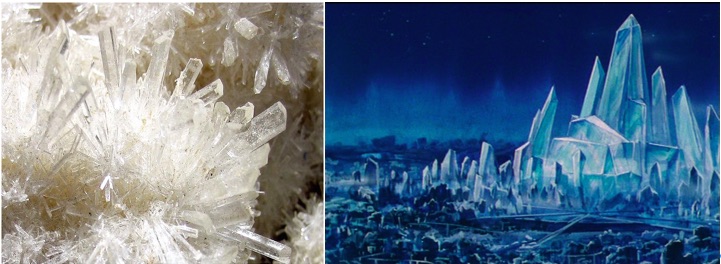
Naturally Occurring Selenite and Crystal Tokyo
So then, what is this third possible reference? Though less of a connection to the late Queen Serenity herself, there seems to be a strong implied connection between Neo-Queen Serenity, Crystal Tokyo, and the mineral known as selenite. Selenite is most often clear, though can appear white, pearl, or a variety of other colors depending on impurities. Most notably, it often is found in columns and in tubular designs, not much unlike the designs of the Crystal Tokyo Palace and the Silver Crystal.
Queen Metalia
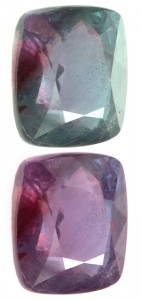
Chrysoberyl (Alexandrite)
Like the Four Kings, the connections to geology are a lot more obvious with the Dark Kingdom. There are two notes about the dual monarchy — Queen Beryl and Queen Metalia — that are not obvious at first glance, however. First off, while the most obvious connection with Queen Beryl is to the gemstone beryl. However, it’s a little more complicated than that. You see, the Japanese word for queen is 王女 (oujo; queen) though Ms. Takeuchi tends to write the titles (e.g., princess, queen, etc.) out phonetically, such as クイーン (kui-n; queen). However, the titles for both Queen Beryl and Queen Metalia are misspelled in Japanese, and are written as クイン (kuin; no meaning). Why is that?
Well, it’s to give it a double meaning. While it still sounds reasonably close to queen (and is treated canonically that way), it also looks similar to クリソ (kuriso; chryso). So actually, Queen Beryl’s name is more strongly connected to chrysoberyl. Just by looking, you can see that this stone much more closely matches the color scheme associated with Queen Beryl, so it’s pretty clear that this is more likely a closer source for her inspiration than normal beryl.
That means that the chryso- connection probably also remains true for Queen Metalia as well, since her name is also written in the same (misspelled) manner. Since here’s no substance known as metalia, we can rule out any special connection there other than it simply being a reference to metal, but with the chryso- prefix attached, it modifies the meaning to the metal, gold.
What that ultimately leaves us with is the villain, an evil queen born of hatred from the sun and named in honor of the mineral gold fighting against the Silver Millenium, ruled by the queen of the moon.
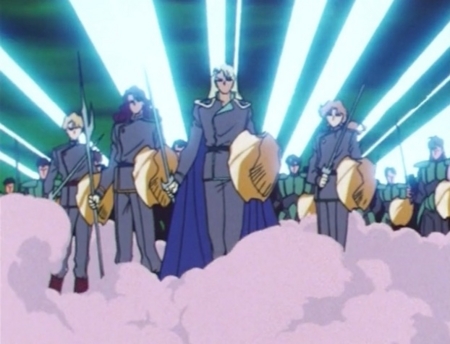
The Forces of the Dark Kingdom
Though we never did learn as much about the motivations behind Beryl, Metalia, and the formation of the Dark Kingdom (outside of the musical, of course!) as I would have liked, it’s nice to know that Ms. Takeuchi went through quite a bit of effort to put a little more detail into their names than you’d initially assume. I have to admit, she’s pretty tricky!
